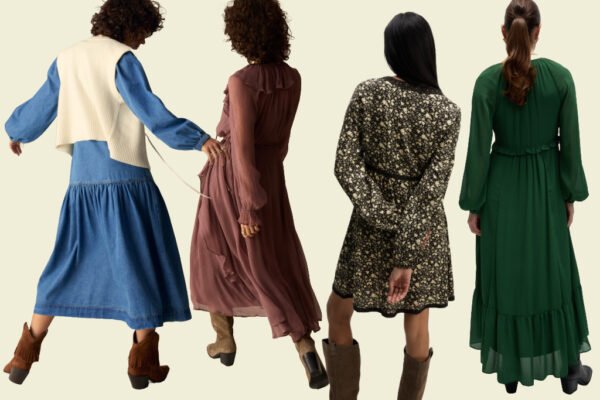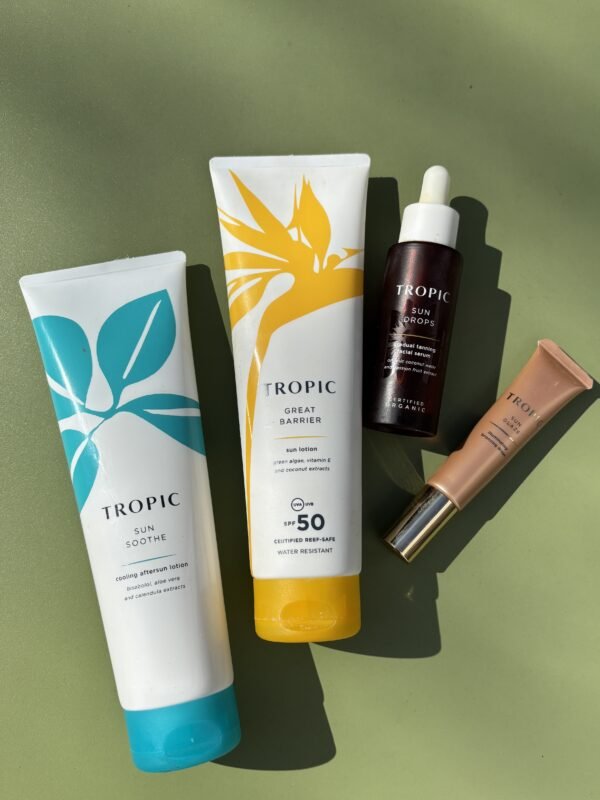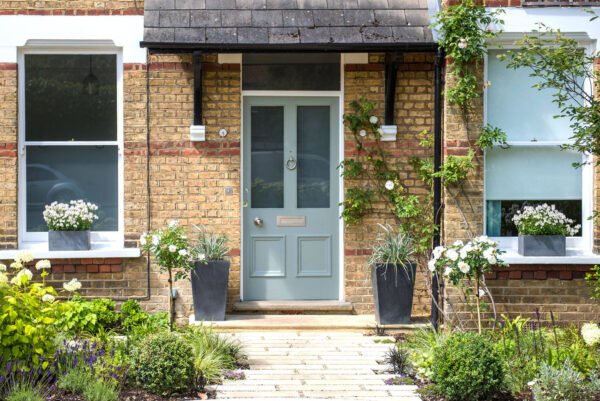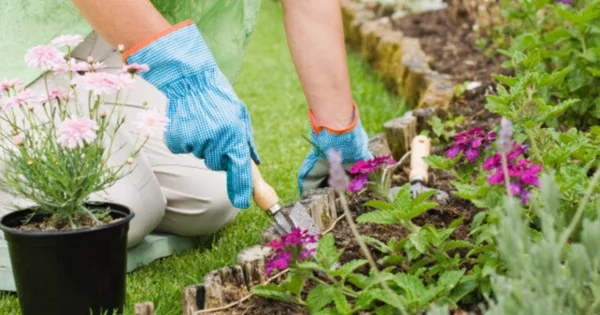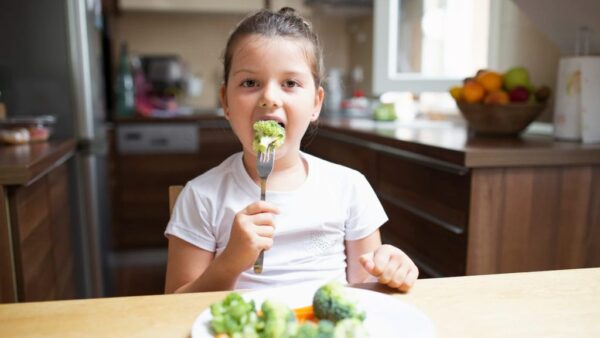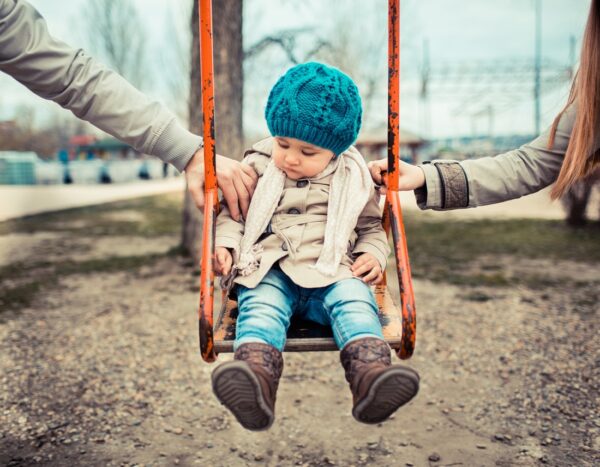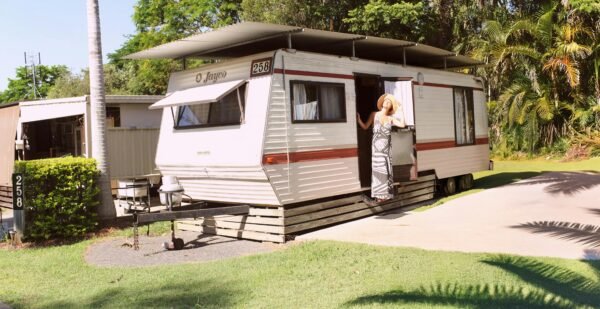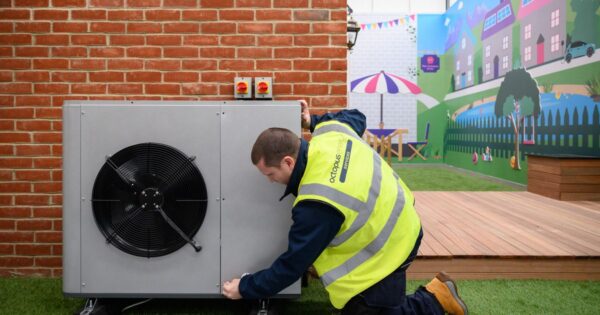
Covid Lockdown 5 Years On – When Home Deliveries Became the Front Line
Five years ago, the UK was in the grip of its first Covid lockdown. As all non-essential stores closed, home deliveries became vital services and delivery drivers were designated key workers. Parcelhero says the front door became the front line in the fight against Covid.
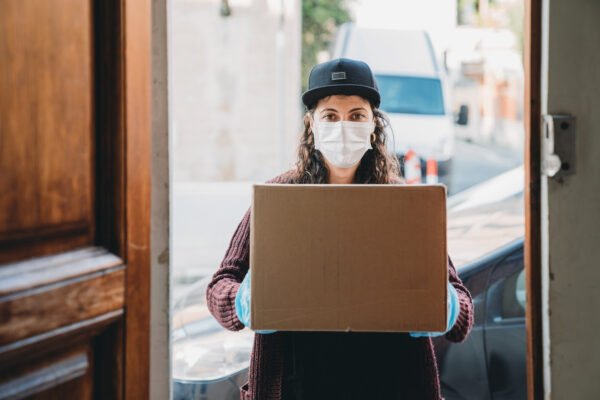
‘Stay Home, Protect the NHS, Save Lives’. Five years ago, we were all in the grip of the first Covid lockdown, announced by then Prime Minister Boris Johnson on 23 March, 2020. As well as NHS and social care staff, delivery drivers were deemed ‘essential’ to the response and designated as key workers. In the war against this frightening new virus, home deliveries played a vital part in reducing its spread, says the home delivery expert Parcelhero.
Parcelhero’s Head of Consumer Research, David Jinks, a Member of the Chartered Institute of Logistics and Transport, says: ‘It’s perhaps hard to remember just how scary that first wave of Covid was. Suddenly, we were all confined to home and only essential stores such as supermarkets remained open, where we queued outside, wearing masks and keeping 2 metres away from the next person in line.
‘Only the month before, Parcelhero had first addressed the topic of the new virus. It’s fascinating to look back on how much (or little) we were all prepared. On 25 February, 2020 I issued this advice to couriers and retailers: “Some experts are predicting the new coronavirus’ impact could be greater than the 1918 Spanish flu, and cause a larger recession than the 2008 crash.” That seems prescient. However, I also added the caveat: “On the other hand, many health professionals are saying it is unlikely to have a greater effect than many typical global flu outbreaks.” That turned out to be wishful thinking.
Very quickly, the routine of home deliveries were disrupted. Obviously, as well as drivers wearing masks (and often gloves and other PPE), sharing pens to sign for deliveries or even handling electronic pads became a potentially dangerous form of contact. Swiftly, other proof of deliveries, such as taking photographs of the package being left on the doorstep, were adopted.
Of particular concern was delivering to homes where people with Covid were self-isolating. Obviously, this was a problem for grocery delivery drivers who traditionally helped carry people’s shopping to their kitchen and new protocols had to be put in place to limit these kinds of flashpoints.
Confusingly, across the devolved UK nations different rules applied but in England non-essential stores remained closed until 15 June, 2020. They were again shuttered from 5 November-2 December and for a third time from 6 January-12 April, 2021. Scotland and Wales’ approaches tended to be more cautious. For example, in contrast to England’s third wave of store closures, non-essential stores didn’t reopen in Scotland until 26 April, 2021 having been shuttered earlier, on 26 December, 2020.
Unsurprisingly, e-commerce rapidly took over as our High Streets became deserted. As recently as January 2018, online sales represented only 16.9% of overall retail sales in the UK. Fast-forward to February 2021, midway through the third lockdown, and online sales had risen to an all-time high of 37.3% of all retail trade. Shoppers of all ages had to get to grips with ordering deliveries online, creating a new group of more elderly online customers who became known as “silver surfers”. After some initial wobbles, when several supermarket and food delivery websites crashed under the demand, home shopping quickly became the new normal.
David Jinks says, ‘It wasn’t only home deliveries but parcel shipments of all kinds that ballooned. With people unable to meet to exchange presents – even on Christmas Day 2020 when gatherings were limited and barred altogether in areas of London and the South East – sending gifts by mail boomed. There was a 64% increase in December 2020’s parcel-peak compared to December 2019. The rise didn’t stop there. Before the pandemic, UK parcel volumes were 2.8bn (2019/2020) but this shot up to 5.4bn in 2021.’
‘Covid deaths reached their highest level in January 2021 before slowly falling as the new vaccines started to take effect. The UK was actually the first country to introduce a national roll-out of vaccines, starting in December 2020. In England, the reopening of non-essential stores on 12 April, 2021 marked the end of nationwide measures.
‘Even so, it wasn’t until 24 February, 2022 that all Covid restrictions were finally ended in England. Many shoppers quickly reverted to their previous routines and by April 2022 online sales had dropped back to 26.3% of the entire retail spend. There they have remained, more or less, for three years. This figure is clearly the new post-Covid normal.
‘From March 2020 to 5 May, 2023, when the World Health Organisation declared the end of the “global health emergency”, just under 227,000 people died in the UK with Covid-19 listed as a cause. However, without the work of couriers and home delivery drivers, Brits would have had no choice but to keep visiting stores and the final toll could have been much higher.’
Having the ability to switch between High Street and online sales undoubtedly helped many businesses to survive this momentous period. Parcelhero’s influential report “2030: Death of the High Street” has been discussed in Parliament. It reveals that retailers must continue to develop an omnichannel approach, embracing both online and physical store sales.
Read the full report at: https://www.parcelhero.com/content/downloads/pdfs/high-street/deathofthehighstreetreport.pdf







